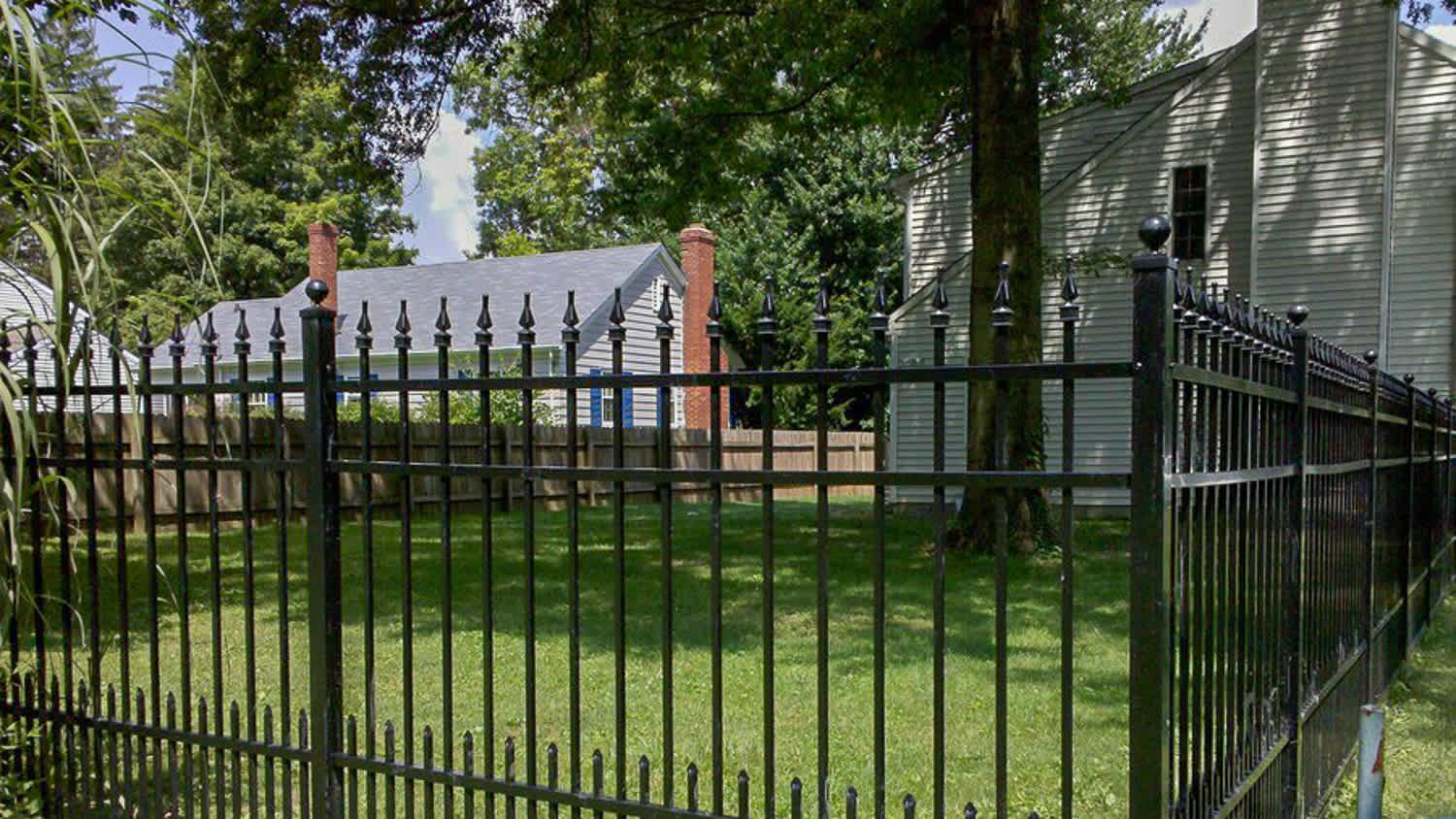
Everything you need to know about electrostatic painting, including the definition, process, sprayers, and more!
The average cost of power coating is $755


Powder coating costs an average of $755, with total project expenses ranging from $180 to $2,400.
Size, complexity, and item type significantly impact the final price.
A professional powder coating application ensures a high-quality, durable finish that can extend the lifespan of your items.
This article was updated using automation technology and thoroughly reviewed for accuracy by HomeAdvisor Editor Ryan Noonan.
Powder coating costs range from $180 to $2,400 per item, with an average of $755. Factors such as the item size and complexity, paint type, and labor rates influence the overall cost. Powder coating is a versatile finishing method that refreshes and protects metal items. Budgeting and professional assistance are essential for achieving a successful and long-lasting outcome.
Several factors can influence the cost of a powder coating or electrostatic painting project, including the type and size of the item, as well as the paint or coating used.
Powder coating costs vary depending on the item being coated. For example, coating a simple item like a bicycle frame might cost less than a complex piece of patio furniture. Larger and more intricate items require more prep work and labor, which increases the price. Whether you plan to coat car wheels, porch railings, or bar stools, the size and complexity will affect the overall cost.
| Item | Average Cost |
|---|---|
| Car wheel | $50–$60 |
| Bicycle frame | $200 |
| Side chair | $50–$75 |
| Barstool | $80–$100 |
| Patio table | $100–$130 |
| Patio table with chairs | $300–$430 |
There are many powder coatings to choose from, and most cost between $10 and $20 per pound. If you want special metallic or heavy-duty coatings, add $5 to $10 per pound to your total estimate. Special-order paints can also increase the cost. Choosing a unique color or finish will increase the price.
Professional powder coating labor costs range from $50 to $150 per hour, excluding materials. On average, labor makes up 60% of your total project cost. When budgeting, keep in mind that most of the expense goes toward the skilled work required to achieve a durable, uniform finish.
Comparing powder coating and electrostatic painting can help you understand the cost differences between these two methods. Both methods work by electrostatically charging a metal object and the coating material, allowing them to attract each other. However, there are several key differences to consider.
| Powder Coating | Electrostatic Painting |
|---|---|
| $50–$430 per item, plus transport | $55–$75 per hour |
| Dry-applied | Wet-applied |
| Cured at high temperatures | Air-cured for 12–24 hours |
| Most durable option | Less durable, but better than traditional paints |
| Done in specialized shops | Done on-site |
Powder coating is a complex process that requires specialized equipment and expertise, making it best suited for use in a dedicated shop. Setting up a large-scale operation costs between $50,000 and $100,000, which makes DIY powder coating impractical for most people. Plus, mistakes can be costly and time-consuming.
For most homeowners, hiring a local powder coating company is the most practical choice. They have the expertise and equipment to complete the job safely and efficiently, and you won't have to worry about safety concerns, such as working with electrical currents.
On the other hand, electrostatic painting can be a more DIY-friendly option. The startup costs are lower, under $3,000, but this method is generally limited to smaller objects less than 18 inches long. While the paints are easier to remove and you don't need a dedicated shop, the setup and prep work can still be time-consuming and might take you away from other projects. If you want a durable, professional finish without the hassle, consider hiring a local powder coating company.
To keep your powder coating project within budget, consider the following tips:
Get multiple quotes from powder coating professionals to compare prices and services before committing to a specific provider.
Consider batching multiple items together for coating, as many shops offer discounts for larger projects that can be processed simultaneously.
Factor in transportation costs when budgeting, especially for large or bulky items that may require special handling and shipping arrangements.
Set aside 10 to 15% of your estimated total as a contingency fund for unexpected preparation work or repairs that might be discovered during the coating process.
Ask about warranty options, as investing in a quality application with a solid guarantee can save money over cheaper alternatives that may need redoing sooner.
No place is more important than your home, which is why HomeAdvisor connects homeowners with local pros to transform their houses into homes they love. To help homeowners prepare for their next project, HomeAdvisor provides readers with accurate cost data and follows strict editorial guidelines. After a project is complete, we survey real customers about the costs to develop the pricing data you see, so you can make the best decisions for you and your home. We pair this data with research from reputable sources, including the U.S. Bureau of Labor Statistics, academic journals, market studies, and interviews with industry experts—all to ensure our prices reflect real-world projects.